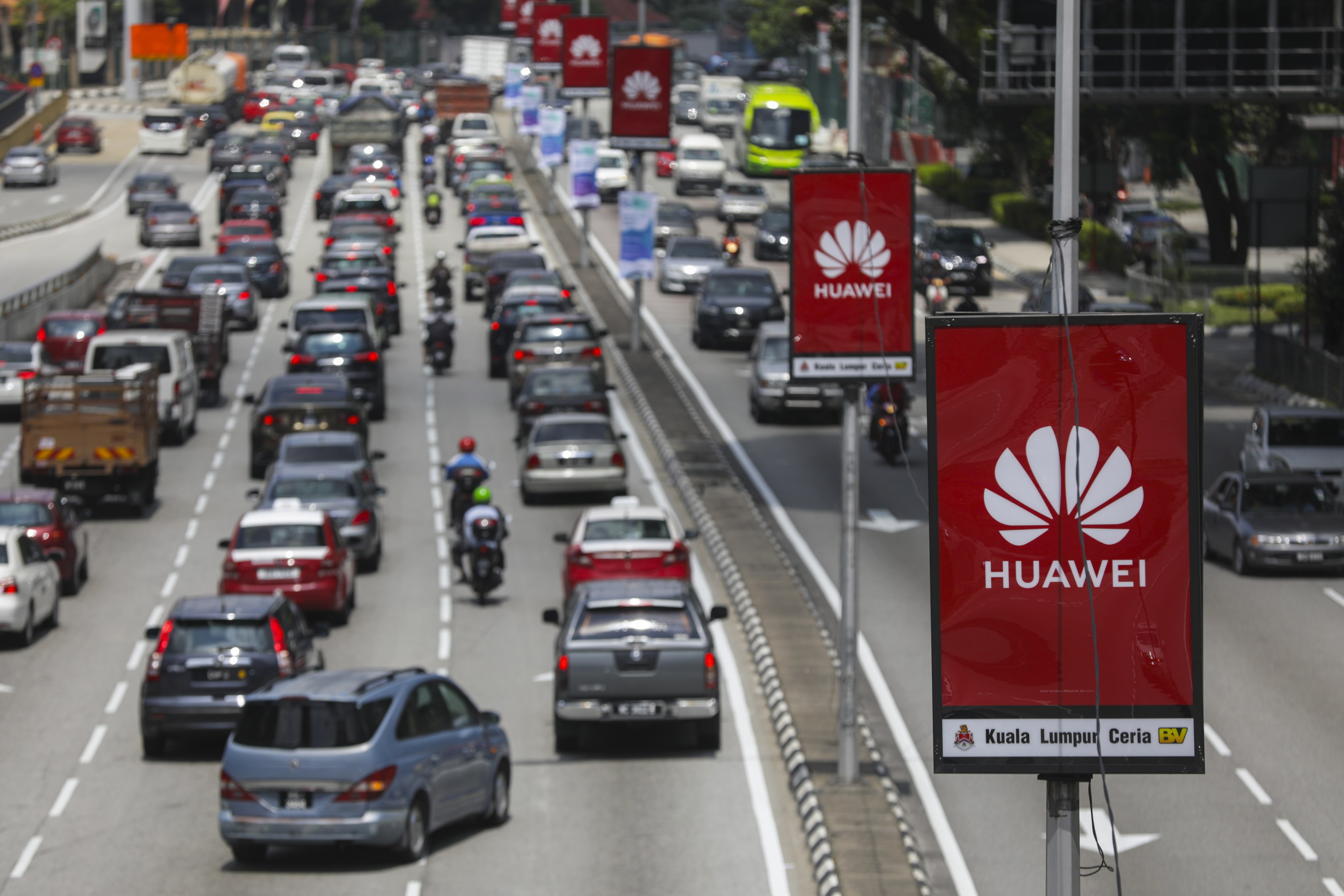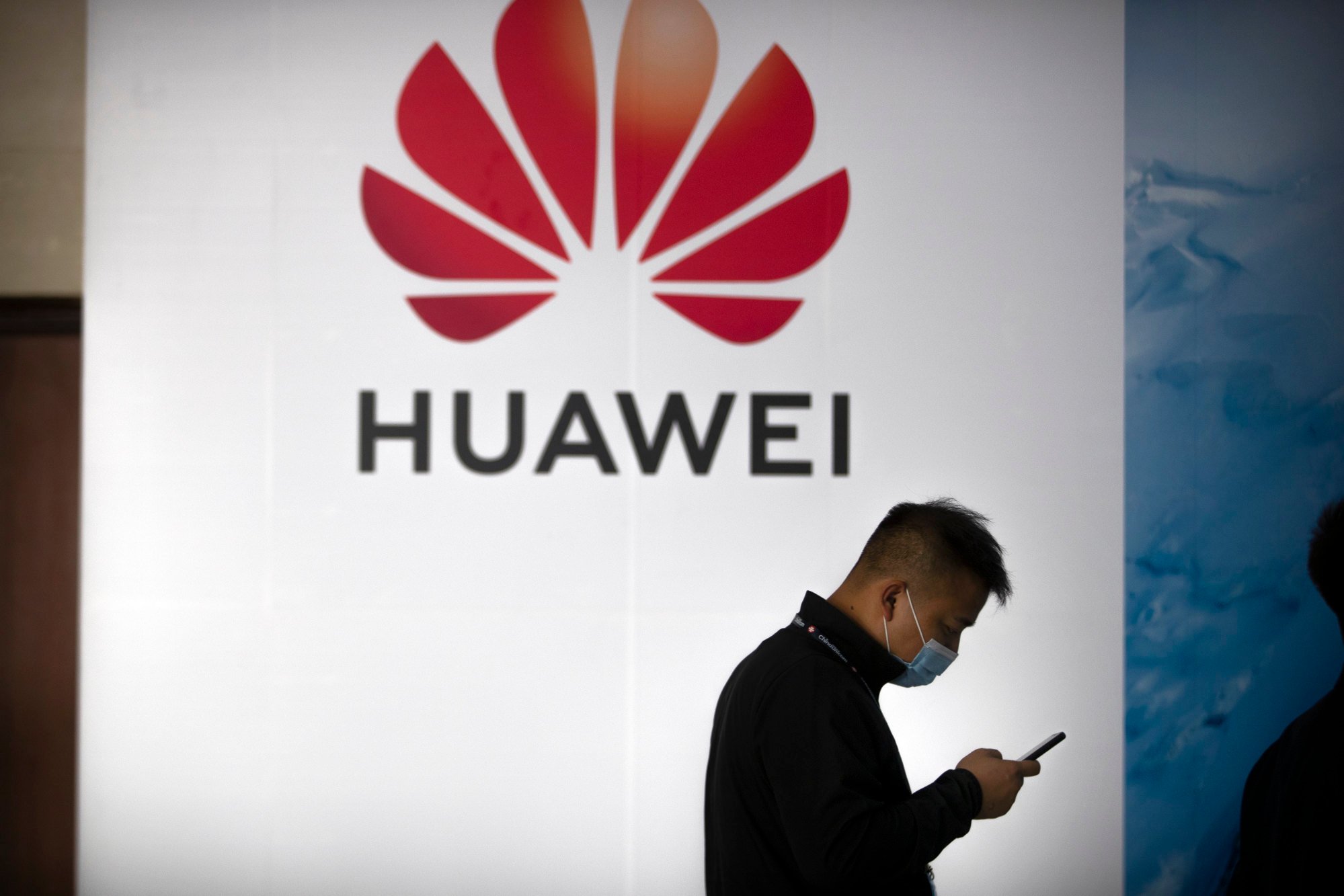Southeast Asia’s tech reliance on China poses economic promise – and cybersecurity risks
Huawei and other Chinese firms offer growth, but analysts warn of rising digital threat exposure and geopolitical challenges

Southeast Asia’s growing reliance on Chinese technology is a “double-edged sword”, analysts have warned, offering critical development opportunities while heightening cybersecurity risks and geopolitical pressure as Beijing expands its digital footprint and Washington pushes back.
At a recent two-part online cybersecurity forum held on May 7 and May 15, experts highlighted how Chinese firms such as Huawei have entrenched themselves as major players in the region’s digital infrastructure – especially in telecommunications, cloud computing and emerging artificial intelligence applications.
Huawei’s rise has been driven by its cost competitiveness and ability to deliver large-scale connectivity projects, particularly in markets like Indonesia and the Philippines. But its prominence has also drawn scrutiny over potential security vulnerabilities, given Chinese laws that could compel firms to assist with state intelligence work – a concern that has led several countries, including the US and Australia, to restrict or ban Huawei equipment from critical networks.
Gatra Priyandita, a senior analyst at the Australian Strategic Policy Institute, said Huawei had become a leading provider of telecoms infrastructure in Indonesia due to its affordability and responsiveness to local needs.
“Indonesia has a fairly complicated relationship with China,” Priyandita said, noting that while the two nations have grown closer economically, diplomatically and in the security sphere, views within Jakarta remain divided on the risks associated with Chinese technology.
“There are those who believe that there are risks associated with Huawei that may be specific to Huawei,” he said. “There are those who believe that all kinds of foreign equipment have general risks … and then there are those who argue that none of this really matters because we have to focus on what’s in front of us.”
Huawei’s appeal, he added, went beyond pricing. The company had “done very well when it comes to the soft elements of engagement”, including sponsoring educational initiatives from vocational training to professional development – a level of support “you don’t see enough with other companies”.
Similar dynamics are playing out elsewhere in the region. In Cambodia, the absence of a domestic tech industry has made Chinese firms indispensable to digital development, according to Riccardo Corrado, an associate professor at CamEd Business School.
Corrado said the country lacks the capacity to produce its own software or hardware, leaving it with a binary choice: “do you go with the West or do you go with China?”
He noted that Cambodia faced an especially difficult decision when selecting telecoms providers, largely because “China is very aggressive”. Chinese firms, he said, know how to engage Asian markets, offering competitive prices with minimal requirements.
“For a country like Cambodia,” Corrado said, “they will say, we need this – and this is the best offer”.
Chinese tech engagement with Cambodia has grown in recent months. In February, local firm ByteDC signed an agreement with Huawei to strengthen the country’s cloud infrastructure. The following month, leading telecoms operator Smart Axiata partnered with the Chinese giant to accelerate industrial digitalisation through joint business solutions.
Indonesia has also moved to expand digital ties with Beijing. In March, its communications ministry announced plans to work with China to develop a joint artificial intelligence hub.

The Philippines has also deepened its engagement with Chinese tech firms, including Huawei, which has played a main role in building the country’s 5G and cloud infrastructure.
Sherwin Ona, an international fellow at Taiwan’s Institute for National Defence and Security Research, described the Philippines as a “curious case” for cybersecurity, noting a spike in cyberattacks after President Ferdinand Marcos Jnr shifted the country’s foreign policy towards a closer alliance with the US.
Ona said the country still lacked a comprehensive list of critical digital infrastructure to defend against advanced persistent threats – a concern raised in light of its reliance on Chinese-built systems.
Caught in the middle
For many analysts, Southeast Asia’s digital future is increasingly being shaped by superpower rivalry.
Mark Manantan, director of cybersecurity and critical technologies at Pacific Forum, said the region was in the “crossfire” of the widening trade and tech war between Washington and Beijing – particularly as countries grappled with their reliance on Chinese technology while maintaining long-standing ties with the West.
“The underlying factor of this double-edged sword is the great geopolitical competition that’s happening between the United States and China,” he said, pointing to the Belt and Road Initiative’s digital component – the so-called Digital Silk Road – as one way Beijing has expanded its regional footprint through undersea cables, data centres and 5G infrastructure.
Deryk Baladjay, a lecturer at De La Salle University and consultant for Amador Research Services, also warned of this “inherently double-edged” relationship between China and Asean, particularly in light of territorial disputes in the South China Sea involving the Philippines and Vietnam.
“On the one hand, China is viewed as a valuable development partner; on the other, it is also seen as a source of regional insecurity. This duality presents a common challenge across Asean: how do we balance the economic benefits of alignment with China against the growing political and security concerns, particularly in light of differing positions on issues like the South China Sea?” Baladjay said.
This reciprocal dependency provides Beijing with economic leverage that can be converted into political influenceDeryk Baladjay, university lecturer
Baladjay added that China plays an important role in shaping the Association of Southeast Asian Nations’ development trajectory through technology transfers, capacity-building, and capital inflows and sees the region as a growing market for its emerging technology.
“This reciprocal dependency provides Beijing with economic leverage that can be converted into political influence,” he said.
Baladjay pointed to the Philippines’ unrealised US$10 billion investment pledge from China as an example of how political tensions can stall economic cooperation. The plan, which included a major airport project in Cavite, was cancelled in 2021 after the Chinese-led consortium failed to meet government requirements – a move widely seen as reflecting deteriorating bilateral ties.
He said this stood in contrast to China’s rising commitments in Malaysia and Indonesia, where political relations remain “comparatively warmer” despite similar maritime disputes.
Meanwhile, Manantan acknowledged the risks of cyber threats such as cyber espionage, but downplayed notions that countries’ engagement with companies such as Huawei would impact geopolitical tensions, adding that these companies have a “commercial imperative to compete and perform financially to maintain their operations in the country.”
He added that countries focused on national development and digital transformation such as Malaysia and Thailand have absorbed “an acceptable threshold of risk”.
Baladjay, however, stressed that Chinese technologies should be used in line with Asean’s own standards, and that the region should diversify its development partnerships – pointing to countries such as Australia and Japan.
Manantan agreed that Asean must “reframe its approach to innovation”.
“Is it going to be just a recipient of technological advancements,” he asked, “or is it going to pioneer technological innovation that is inherently in Southeast Asia?”